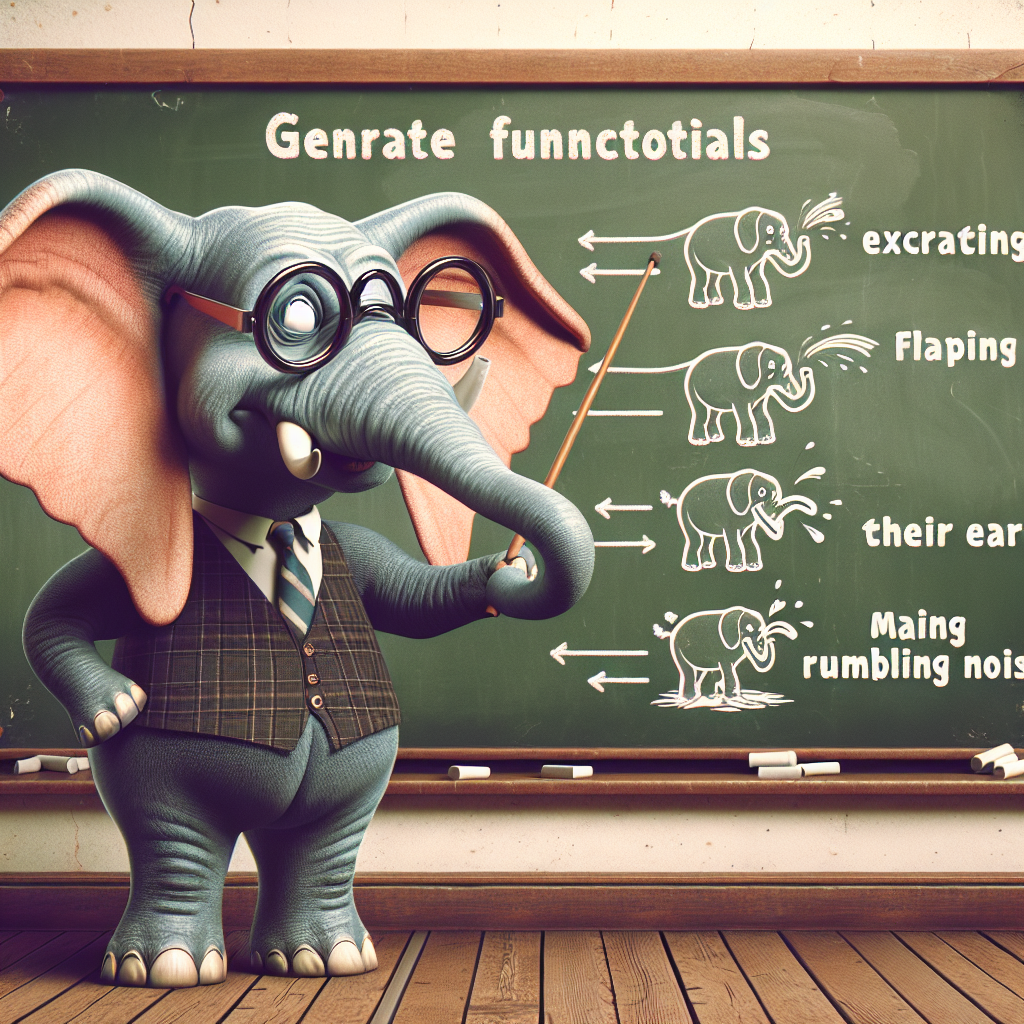The scientific paper titled “Co-designing Enrichment Toys with Bottlenose Dolphins: Playfulness as a Corrective to Anthropocentrism” by Aphrodite T. Andreou, Stefano Gualeni, and Guillermo J. Sánchez Contreras, presents a unique approach to animal enrichment and participatory design. This analysis will delve into the nuances of the paper, focusing on its discoveries, methodologies, challenges, opportunities, and broader implications.
Discovery Details:
The paper documents the co-design process of enrichment toys with bottlenose dolphins. This approach is novel in its direct involvement of the animals in the design process. The study moves beyond traditional enrichment strategies by considering the dolphins as active participants, contributing to a more nuanced understanding of animal playfulness and cognition.
Methodological Breakdown:
The researchers adopted a participatory design methodology, engaging directly with the dolphins through a series of playful interactions and prototype testing. This method is significant for its emphasis on interspecies communication and mutual adaptation, marking a departure from human-centric design approaches. The research was iterative, involving continuous observation, interaction, and modification of toy prototypes based on the dolphins’ responses.
Challenges and Opportunities:
One of the main challenges was interpreting the dolphins’ interactions with the toys as feedback for design modifications. This required careful observation and an understanding of dolphin behavior. The opportunity lies in applying this methodology to other species and settings, potentially revolutionizing the way we think about animal enrichment and interspecies communication.
TLDR:
This paper presents a groundbreaking approach to animal enrichment by co-designing toys with bottlenose dolphins. It emphasizes interspecies collaboration, moving beyond anthropocentric designs and contributing significantly to our understanding of animal cognition and playfulness.
AI Thoughts:
The implications of this research are profound, suggesting new possibilities in animal-computer interaction and the design of enrichment tools. It could inspire similar participatory approaches across different species, enhancing animal welfare and deepening our understanding of animal intelligence. Moreover, the methodologies and findings could inform broader discussions on human-animal relationships, challenging existing paradigms and fostering a more inclusive, multi-species perspective in design and research.
This research not only contributes to animal welfare but also provides valuable insights into animal cognition and interspecies communication. It challenges conventional approaches and opens up new avenues for exploration in both animal-computer interaction and participatory design fields.

